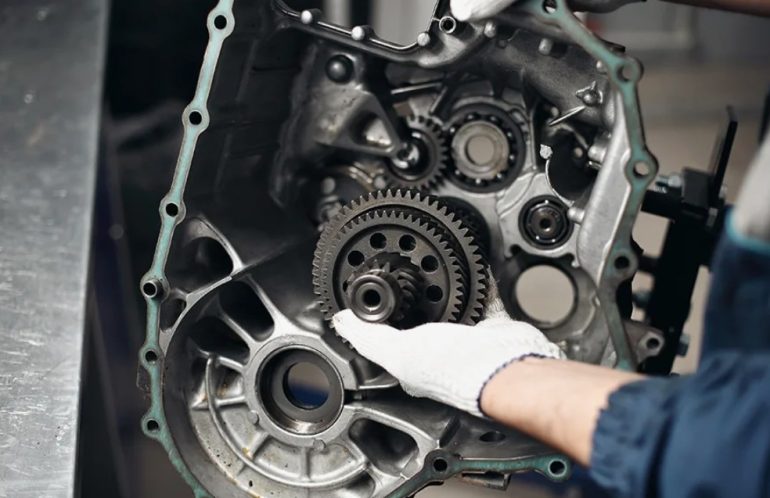
Signs You Need New Gears After Tire Upgrade
Upgrading to larger or heavier tires can transform driving dynamics and off-road capabilities, but it often brings subtle technical changes drivers may overlook. Minor modifications might feel positive at first, but with time, challenges such as reduced acceleration and strain on the drivetrain start to show. Being alert to signs of increased load helps identify when to take action. Recognizing symptoms early can prevent mechanical issues and costly repairs.
Sluggish AccelerationPower Reduction After Tire ChangeWhen tire diameter increases, the engine must exert more effort to move the vehicle. The first symptom often noticed is slower acceleration and diminished responsiveness off the line. Sometimes, the change is gradual, but other times, the difference is dramatic, especially on hills or with additional cargo in the vehicle. | Fuel Consumption RiseMore Trips to the Gas StationTransmission stress is closely linked to engine workload. Without recalibrated gears, RPMs climb and the engine holds higher speeds to maintain drive, burning more fuel. This effect becomes especially apparent during highway driving or long trips in diverse conditions. |
Frequent ShiftingHunting for Optimal GearOne of the most telling indicators is when the transmission shifts more frequently—often failing to settle into a comfortable gear even during steady travel. Increased loads from larger tires change the balance between speed and torque. As a result, the system continues searching for the most suitable gear ratio, leading to an uneasy driving experience and extra wear over time. | Heat and Wear Build-UpMechanical Strain IncreasesPersistently elevated RPMs and gear searching place additional pressure on drivetrain components. Transmission stress can subtly raise operating temperatures, and over time this can result in premature wear or damage. Drivers may sense rougher operation, notice lingering smells after long trips, or observe a decline in overall performance. |
Off-road and Towing ImpactChallenges Beyond Regular DrivingWhen using the vehicle for towing or venturing off-road, the combined effects of large tires and unchanged gear ratios become even more pronounced. Attempts to climb steep terrain or haul heavy loads can expose deficiencies in torque delivery and overall power, making each trip less confidence-inspiring. | |
Long-Term Implications of Ignoring Gear Changes
Overlooking Transmission Stress
Many owners continue driving without acknowledging subtle symptoms, overlooking the gradual impact on fuel economy, acceleration, and vehicle lifespan. Ignoring the need to regear after altering tire size can result in mounting issues, from reduced reliability to significant repair bills. However, adjusting the gear ratio when needed restores balance and ensures smooth operation, helping every part of the drivetrain work without undue effort.
Restoring Vehicle Performance
How Proper Gear Ratio Enhances Drive
Choosing suitable gear ratios after a tire modification is not just a technical necessity, but also a practical step for efficient travel. The right adjustment allows the engine and transmission to regain a harmonious relationship, supporting smooth gear transitions and normalizing fuel usage. Drivers then experience improved control over a range of environments, from regular roads to demanding off-road tracks.
Recognizing Transmission Stress Early
Why Timely Intervention Matters
Reacting promptly to signs of transmission stress is necessary for the durability of drive mechanisms. Subtle shifts in acceleration, fuel efficiency, and gear behavior signal the need for technical attention. By acting swiftly and choosing correct upgrades, it is possible to prevent excessive heat generation and extend the lifespan of vital components. In the end, confident driving can be preserved while mechanical strain is minimized.
At the final stage, understanding how tire changes can affect transmission stress leads directly to smarter maintenance habits and the long-term health of the vehicle. By staying alert to shifting dynamics, making suitable technical choices, and intervening at the right moment, every driver maintains reliable performance and safety for many miles ahead.
